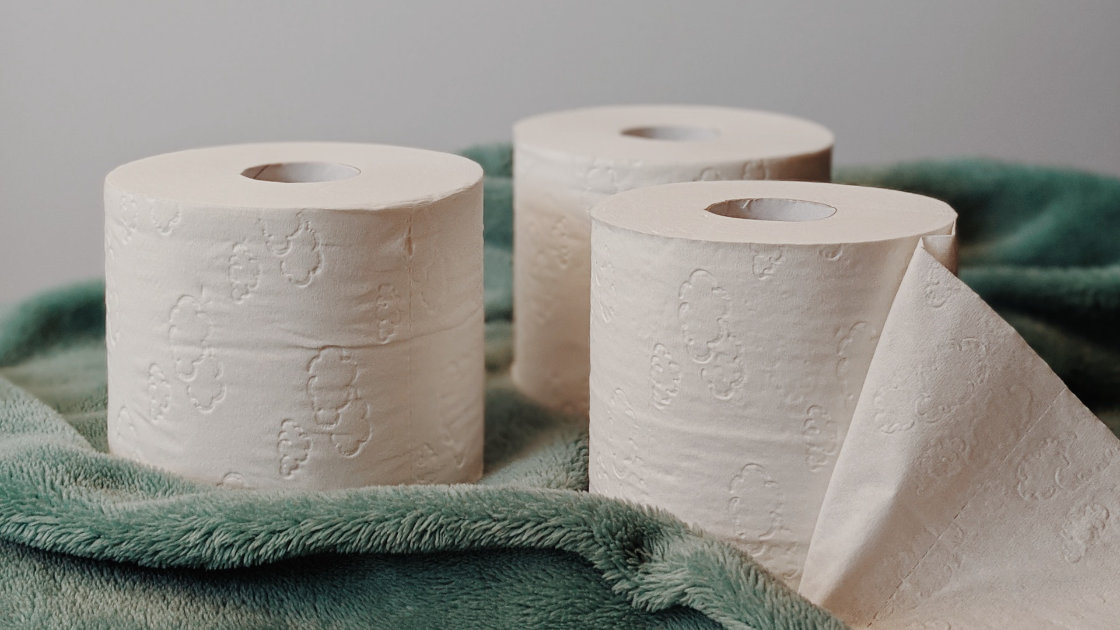Some of my favorite questions as a living history interpreter are ones that deal with ordinary activities we tend to overlook in our daily lives because they are so common. These activities happen without us thinking about it. For example, when walking from the bright sun into the Cellar Kitchen at Quiet Valley a visitor asked “can’t you turn on the lights?” Well, in 1820 there was no electricity to turn on; they had to light lamps or candles. This really gets a visitor thinking and leads us to some interesting research on other day to day activities, namely the bathroom routine – toilets, toilet paper, tooth brushes, and toothpaste. Here is what we found out:
TOILETS AND TOILET PAPER
The Romans were rather advanced when it came to most things, including toilets. They very famously had public ones where dozens of people could go at the same time connected to a sewer system with flowing water to wash things away. Seems rather odd to us but privacy is a very new cultural trend. Archaeologists, such as Ann Olga Koloski-Ostraw, are discovering that Romans even had some in their private homes. The first flushing toilet was invented for Queen Elizabeth I of England in 1596. She did not care for it at all. It was noisy and if she went to the room with the toilet the courtiers would know what business she was about. A chamber pot or a toilet stool could easily be brought to you for your “necessary” needs. The embarrassment of people seeing you take a trip to the toilet or to buy toilet paper took a long time to overcome.
The first practical flushing toilet appeared around 1778 and was invented by Joseph Bramah. Toilets started to catch on in popularity but there was a problem. Unlike the Romans, there were little to no sewer systems. Most toilets lead down into a cesspool under the house or outside the house. Most ordinary people had an outhouse or just dumped their waste into the street. It wasn’t until 1859 that the first planned sewer systems were built in both America and England. By the 1890s sewage treatment plants were being built to help prevent disease such as cholera and typhoid. The Victorians started many campaigns aimed at living better lives and focused on everything from cleaner water to education.
It took a rather long time for toilet paper to appear on the scene. The earliest toilet paper seems to have been invented in China around the 6th century. The first commercially made toilet paper was Gayetty’s Medicated Paper for the Water Closet. There were flat sheets instead of the roll to which we are all accustomed. The advent of a flushed toilet changed what was used as toilet paper. When people used privies it didn’t really matter what was used as toilet paper since it went down a hole. So items like corncobs, straw, water, and sticks were common. But these items couldn’t make it through the bends and turns of pipes. Newspapers and pages from catalogs were used in outhouses to such a point early Old Farmer’s Almanac’s were printed with a hole in the corner to be easily hung on a hook. It wasn’t until about 1930 that toilet paper was a commercial success since prior to that people were embarrassed to buy it in stores!
There are some fun facts to brighten your day.
The Quiet Valley Living Historical Farm blog is written by Kat Muller, as she explores and learns about the farm during her first year employed here. This blog post is part of a series answering the questions posed by visitors and oftentimes stump or puzzle the interpreters.
